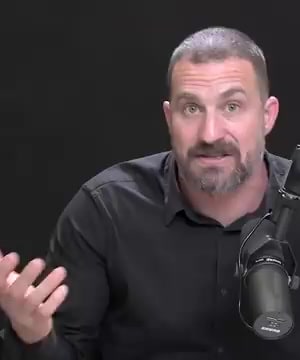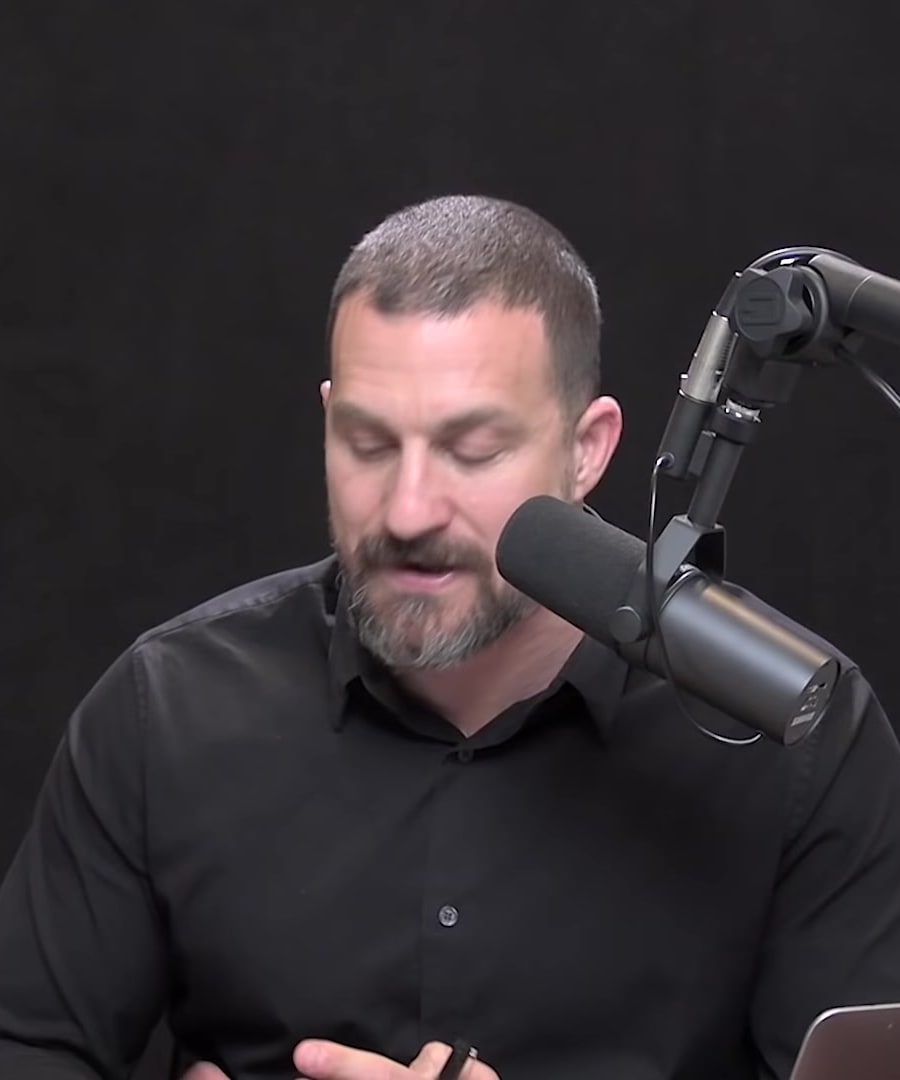Eating after fasting
Sources:
When breaking a fast, it's important to consider the transition from a fasted to a fed state to optimize digestion and energy levels. Here are some strategies and considerations highlighted by from various episodes:
-
Food Volume and Type: Transitioning from a fast to a fed state is influenced by the volume and type of food consumed. Large meals and those high in fats tend to slow down gastric emptying time, which means your body may take longer to digest and return to a fasted state after eating. It's beneficial to gauge your food volume to manage how full you feel, which can help maintain a comfortable eating schedule 1.
-
Glucose Management: After fasting, suggests behaviors like taking a brisk 30-minute walk to help lower blood glucose levels. This is especially helpful if you've eaten close to a period when you'd prefer to be fasting. Such activities can accelerate the transition from a fed state to a fasted state by increasing gastric emptying time 2.
-
Gut Microbiome Considerations: Long periods of fasting can deplete the gut microbiome, which may affect how you feel upon reintroducing food. A gradual transition back to eating is recommended to optimize nutrient absorption and maintain overall well-being 3.
-
Eating Timings and Social Context: Establishing a regular feeding window, ideally from around noon to 8 PM, aligns with biological and social rhythms, allowing you to optimize the benefits of intermittent fasting without disrupting typical cultural mealtime practices 45.
Always consider individual dietary needs and consult with a healthcare professional before making significant changes to your diet or fasting routines.
RELATED QUESTIONS-
Eating after fasting
- RELATED QUESTIONS




